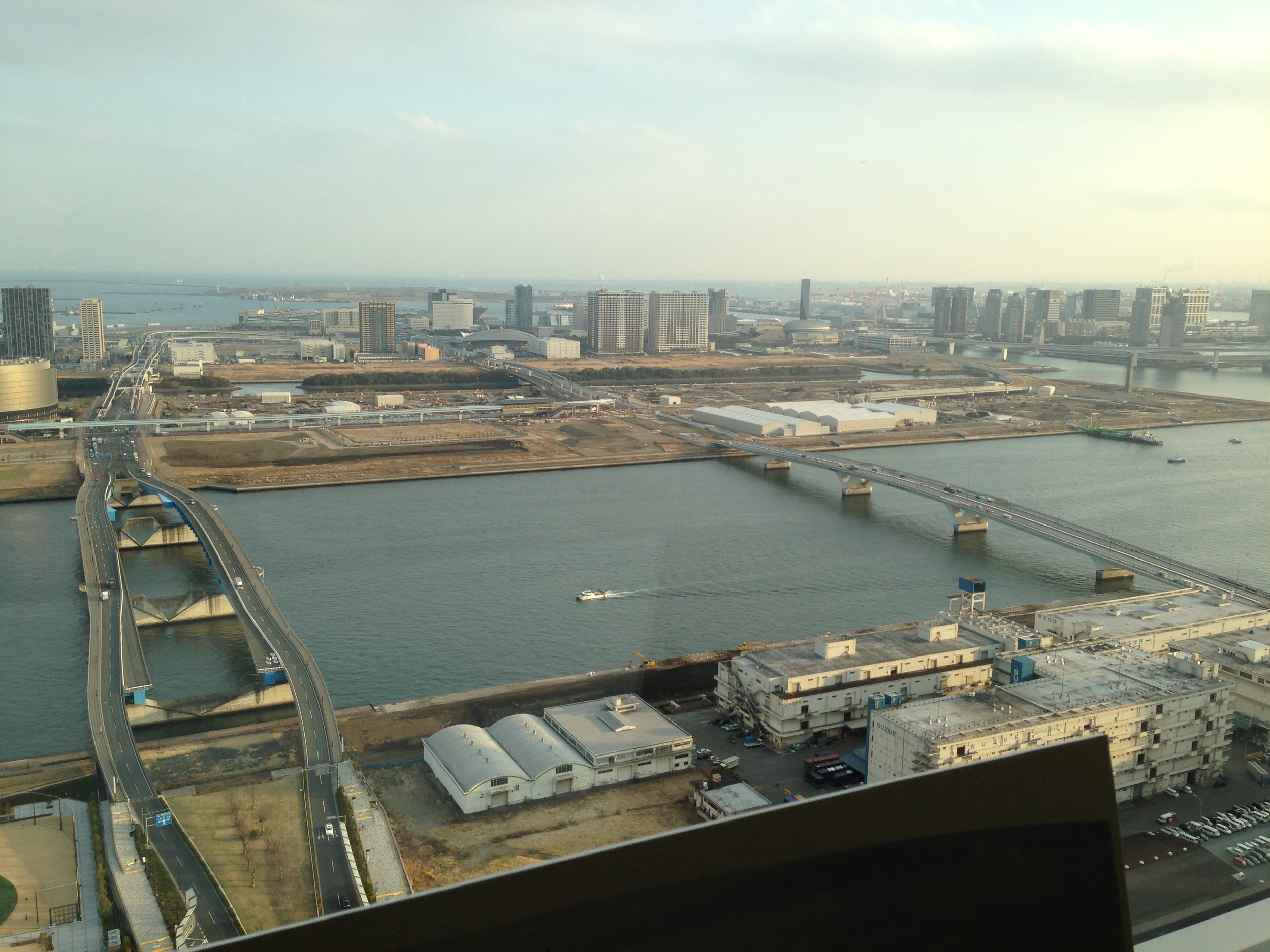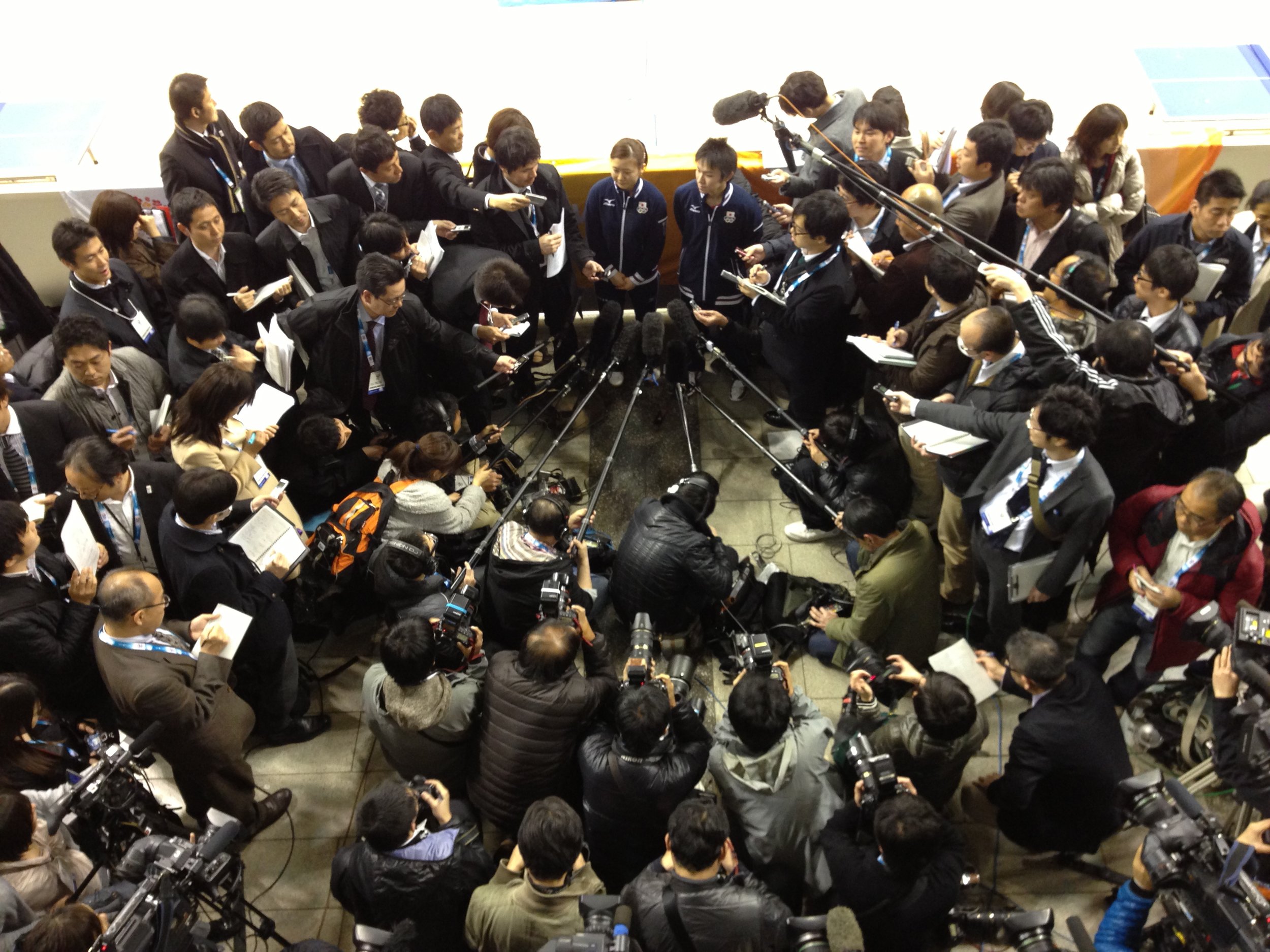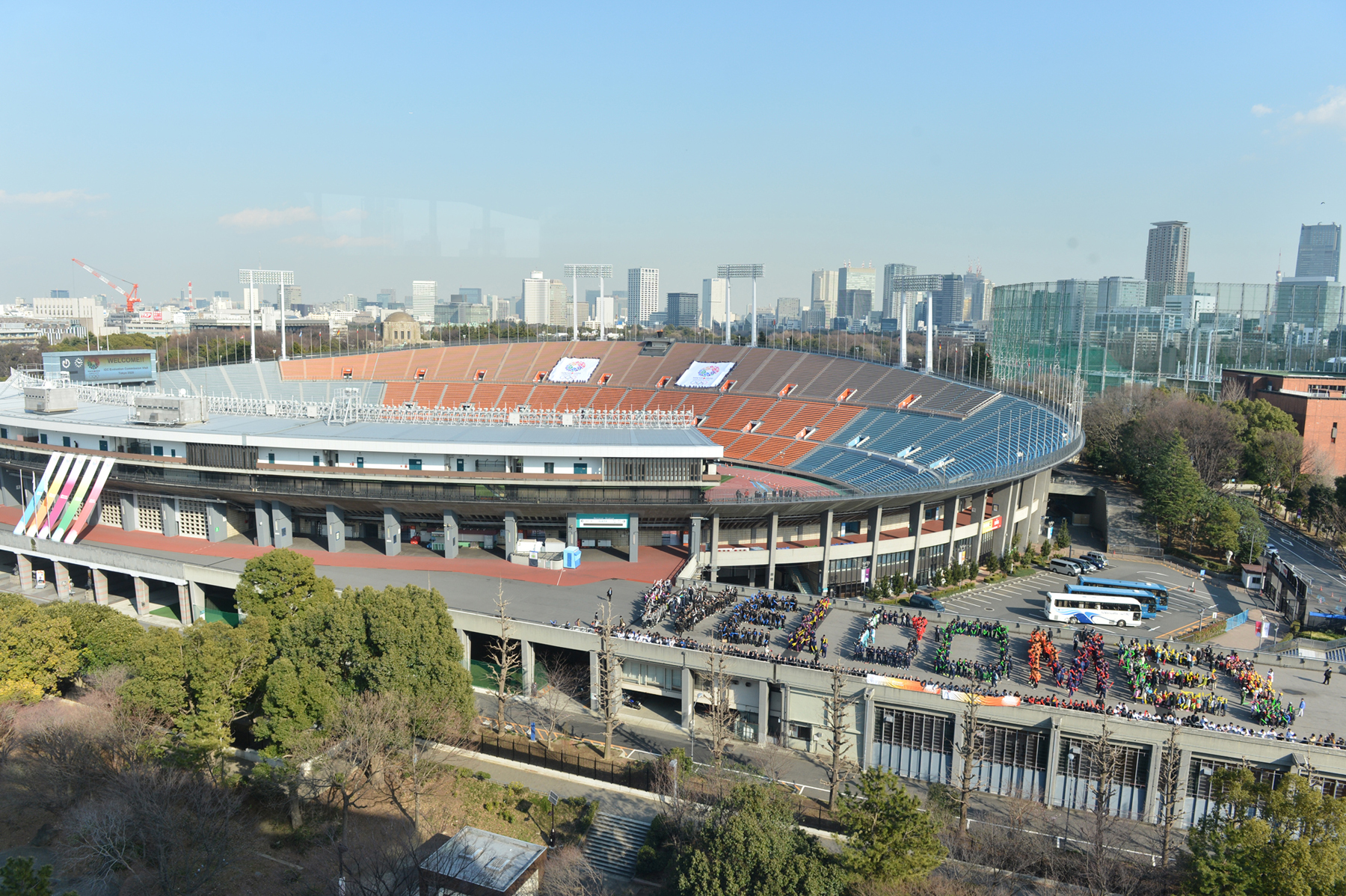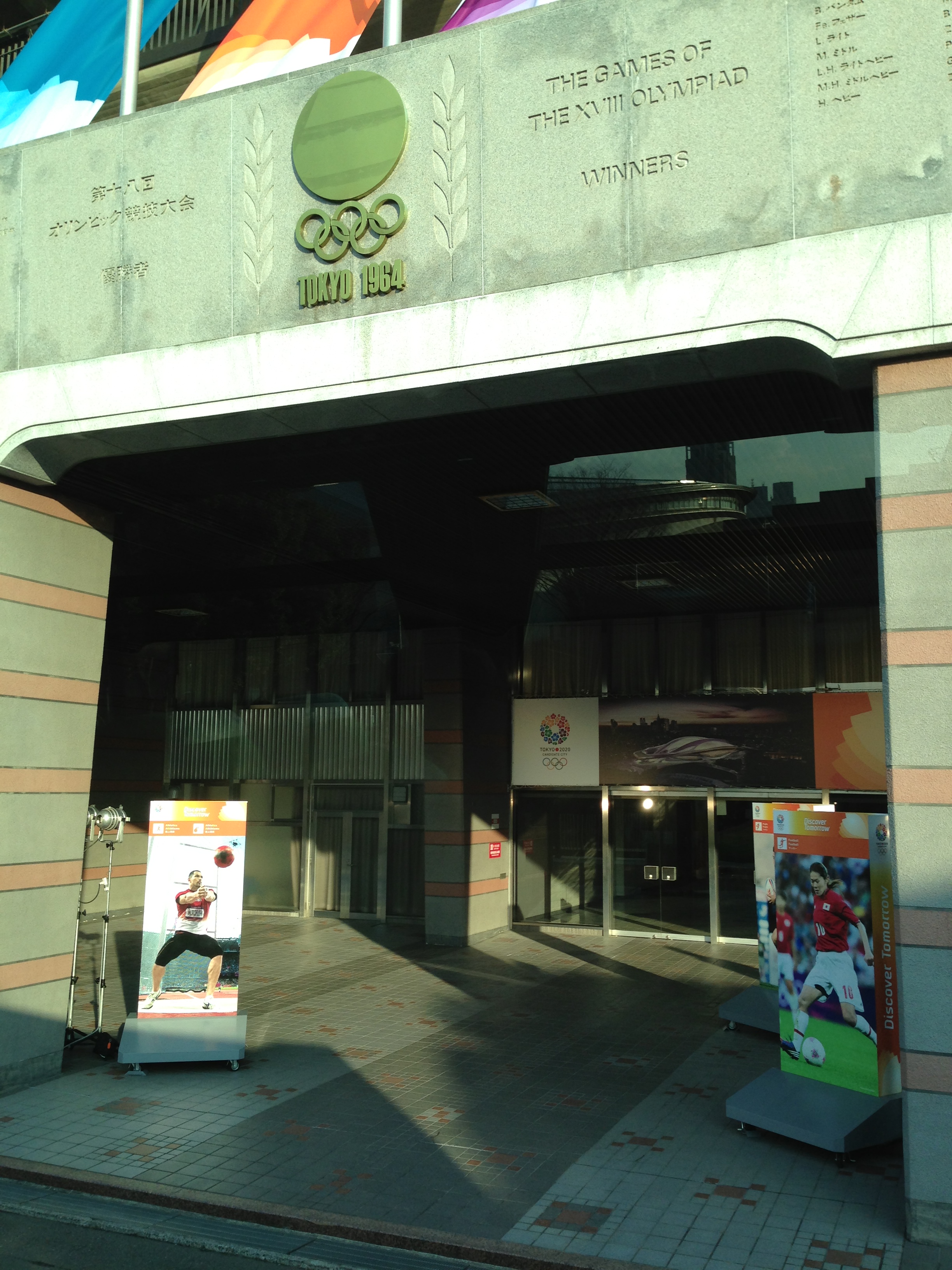TOKYO -- Headline: IOC survey shows local support for Tokyo 2020 now 70 percent, up 23 percent from 47 last year. The International Olympic Committee gave Tokyo 2020's bid a boost Tuesday with the release of those survey figures. At 47 percent, which was what the IOC measured in what was called the "Working Group Report" last May, Tokyo might as well have not bothered; the IOC likes to feel welcomed.
To be candid, 70 percent is still not rousing. But it's dramatic progress, indicative perhaps of the Japanese team's strong showing last summer at the London Games (38 medals overall). And it for sure puts Tokyo in the game; London's winning bid for 2012 only registered 68 percent support in London itself, according to the March, 2005, IOC evaluation report.
Tokyo's support nationally? 67 percent. (London's support nationally in 2005? 70 percent.)
Tokyo also bid for the 2016 Games, won by Rio de Janeiro. At this point in the 2016 race, the Tokyo poll numbers: 56 percent support in Tokyo, 55 percent nationally.
Preliminary results for Madrid and Istanbul, the other two cities in the 2020 race, have not yet been made publicly available. The IOC will release the full results, methodology and timing in the Evaluation Commission's report, in July.
It's little wonder Tsunekazu Takeda, president of both Tokyo 2020 and the Japanese Olympic Committee as well as the lone IOC member here, said at a Tuesday evening news conference, "We are very happy to hear those numbers."
Real news -- like the release of such poll numbers -- is deliberately kept scarce in these commission visits.
Instead, the process is -- to repeat, by design -- a melange of sights and scenes.
The one question that everyone wants answered -- who is going to win? -- obviously is not susceptible to answer. No one can predict the IOC or the future.
Instead, at least for public consumption, this is mostly theater. Behind the stage, the commission is actually doing real work. But in front of the curtain, it is all carefully stage-managed. Six months ahead of the vote, which in this instance will be in Buenos Aires in September, the IOC drops into town for four days, giving the particular city a chance to promote its bid -- big-time -- in town and nationally. Such promotion can prove a key momentum-builder in a campaign.
What both sides, the bid city and IOC, want is a win-win. The bid city wants the local press to turn out in droves and to see the bid as serious and constructive. The IOC wants all bids to be seen as serious and constructive; that way, going forward, it encourages more bids from more cities, wherever they may be.
Here is a look around some of the sights and scenes in Tokyo, beginning with the proposed location of the Olympic Village:
That big blue tower is an incinerator. It is said it would thoughtfully be turned off during the Olympics.
That blue mat-looking thing in the middle of the asphalt was a welcome sign for the members of the evaluation team. It was promptly stripped away as soon as they left. The white tent -- which you can see, just behind the blue, in the middle of the photo, glinting in the sun? It was put there to keep the members of the commission warm and it similarly was taken down, pronto. By the time reporters were driven by, literally just a few minutes later, the poles were on the ground.
Next photo below: the proposed location of a whole bunch of venues, everything from volleyball to gymnastics to BMX cycling to wrestling (if wrestling makes its way back on the 2020 program, that is). Referring back again for a moment to the photo above of the proposed village, these venues would be located across the bridge that sits on the left of that picture; this is a main reason why the Tokyo venue plan is so compact.
Notice how these sites are obviously surrounded by water. The views would be outstanding -- just imagine the fireworks on opening night, evocative perhaps of the scene in Sydney in 2000. At the same time: is it an issue that the way in and out would be by bridge or, say, water taxi? No one likes to think of the worst case imaginable but that's what planners plan for ... especially in the Olympic business. What if?
Next: here is Tokyo Gov. Naoki Inose -- "I'm a Sunday tennis player, mind you'' -- rallying with London and Beijing Paralympic Games singles champ Shingo Kunieda for the benefit of the Evaluation Commission.
The contrast between Inose and the prior governor, Shintaro Ishihara, has been pronounced. Ishihara controversially injected himself into a diplomatic feud with China over a group of disputed islands. Inose has struck a different tone, indeed, not just playing sports but talking about them and -- about harmony.
The governor is himself a writer. He tends to find a message, and stick to it. His messages here have included:
His own triumph in the marathon (he ran it for the first time recently, in his mid-60s, after starting out by running just a few blocks around his house); the French literary theorist Roland Barthes, and Barthes' pioneering studies on semiotics, or signs and symbols; and the "sacred haven of nothingness" that is the imperial palace in central Tokyo, "at the very depth" of the Japanese spirit of hospitality, a green space surrounded by modernity, tranquility giving rise to all that is possible now.
"It's one of the elements that should never be forgotten," he said.
Also never to be forgotten is what it's like to travel in the pack that is the Japanese press. Here is the scene at the Tokyo Metropolitan Gymnasium Tuesday afternoon, just moments after the Evaluation Commission left, the pack interviewing table-tennis players Ai Fukuhara, 24, the team silver medalist in London, and Koki Niwa, 18, the 2010 Youth Games Singapore gold medalist who played in the London Games but did not medal. What would a U.S. ping-pong player give to be part of such a scene -- just once?
Across the street from the Tokyo Metropolitan Gymnasium sits the National Stadium, site of so much at the 1964 Games -- for instance, U.S. distance standout Billy Mills' unexpected gold in the 10,000 meters.
Here is the stadium:
Above the facade to the stadium entry, chiseled into stone, are the names of all the gold medalists -- Mills, swimmer Don Schollander, boxer Joe Frazier, all the members of the U.S. basketball team (Bill Bradley, who would later become a U.S. senator from New Jersey, is memorialized as "W. Bradley"). This stadium is also where, on one night in 1991, Mike Powell long-jumped 29 feet, 4 1/4 inches, breaking the record Bob Beamon set in Mexico City at the 1968 Olympics, 29-2 1/2.
There is history here. One of the dilemmas, should Tokyo win, is what to do with those stones because the plan for this stadium is to turn it into a fantastic spaceship-looking structure, at a cost of $1.9 billion, to be ready for the 2019 rugby World Cup and the 2020 Games.
History and the future, the "sacred haven" and what's next -- they exist right next to each other in jam-packed Tokyo. "The building must be re-born," Takeda said.
Here is the formal entry to the stadium.
If Tokyo wins, enjoy that view while you can. Because nothing lasts forever. Not even Bob Beamon's long-jump record.









